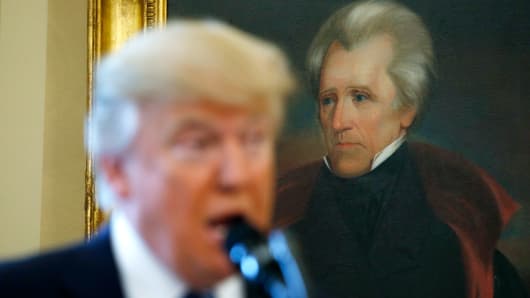In September, it is expected that the Federal Reserve will raise the Federal Funds rate one more time. Many believe that the agency will raise rates again in December and possibly two to three times in 2019 until the rate is in the area of 3 percent.
These actions will be directly contrary to the stated wishes of President Donald Trump and hints made public by his chief economic advisor. The rate increases will also ignore the fears of some district Federal Reserve Bank Presidents like James Bullard in St. Louis and Neel Kashkari in Minneapolis. The issue here is whether the Fed will be inverting the yield curve creating a recession.
Therefore, the elements are in place for another epic battle concerning control of the Federal Reserve. In the beginning, this conflict may stay at the surface level but it is quite possible that it will delve more deeply into core issues related to the institution's real function and purpose. That battle was begun under President Andrew Jackson and continues to the present.


